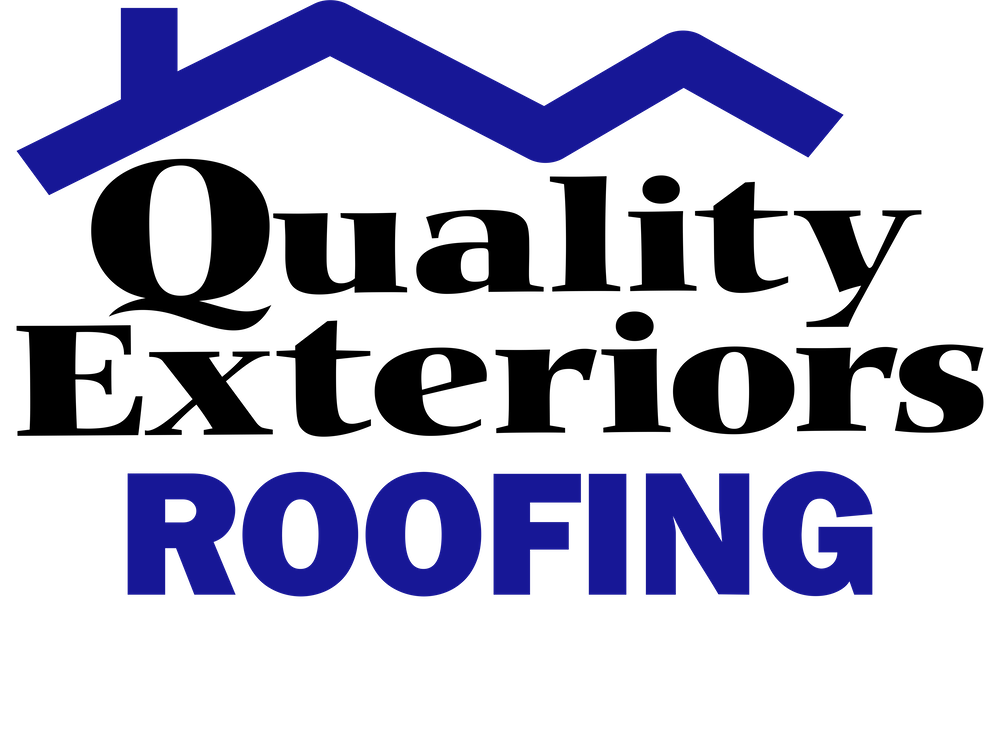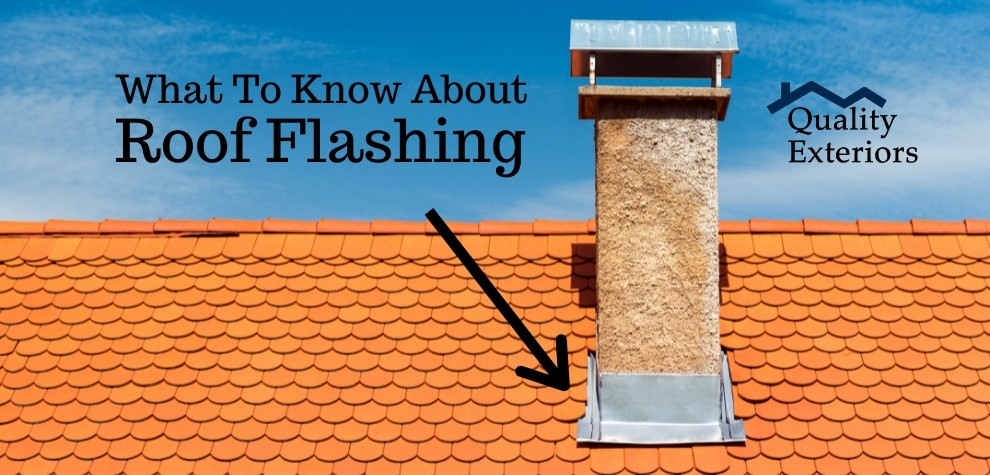If you’re looking into replacing or repairing your roof, we expect you’re being bombarded with plenty of new or unfamiliar words. Roof flashing is probably going to be one of those words, as it is a crucial roofing component that every roof requires. However, very few homeowners are actually aware of what it is or what function it fulfills. In this post, our team of Shreveport-Bossier roofing contractors at Quality Exteriors will inform you of what to know about roof flashing and why it is so important in the proper protection of your home.
What is Flashing on a Roof?
Before we tell you more on what to know about roof flashing, we should make clear why it is even necessary. When any protrusion, such as a chimney or skylight, connects with the roof, temperature and humidity conditions can cause these junctions to expand and shrink. As such, these areas are prone to significant leaks if not adequately sealed. To accommodate for this, something called roof flashing must be installed. Roof flashing is a thin sheet installed around certain areas of a roof’s surface to divert water away from these particular sections of your roof. It essentially creates a watertight seal that keeps moisture out of your roof and home.
What is the Purpose of Flashing on Roofs?
Roof flashing is a critical component of every roof. It keeps water from getting underneath the shingles and into your home. Flashing is installed in places where an exterior joint meets the roof. Common places where flashing is often installed include:
- Chimneys
- Roof valleys
- Low points of the roof where two slopes meet
- Skylights
- Bathroom vents
- Kitchen vents
- Rakes and eaves
- Roof’s edges
- Windows
- Doors
- Gutters
- Side and front walls
- Places where the roof’s surface meets a wall
The flashing at each site may differ, but it is equally necessary that all of these areas be properly sealed and waterproofed. Consider sideways rain, which occurs when strong winds push rain at an angle during a storm. If not for flashing, water would rush down the sidewalls and directly into the junction where the walls meet the roof deck below. Water is directed to the gutters by the flashing, which keeps it from getting between the shingles. In summary, roof flashing serves as a sort of gutter for your roof deck.
Types of Roof Flashing
There are several different types of roof flashing, but the most commonly used include base, counter, continuous, step, skylight, valley, and kick out flashing. We’ll provide more information on each of these below.
Base Flashing
Certain roof elements, such as chimneys, require two pieces of flashing. Base flashing is one of these two pieces. Base flashing is helpful because it can accommodate roofing materials as they stretch and compress when the weather changes. Because base flashing is composed of two sections, it may move with them. Base flashing, unlike other forms of flashing, is relatively simple to install.
Counter Flashing
Counter flashing is the counterpart (pun intended) of base flashing. It is placed either on the opposite side of the base flashing or above the base flashing.
Continuous Flashing
Continuous flashing is also known as “apron flashing” because it behaves similarly to an apron. It’s a single, long piece of metal that’s designed to carry water down to the shingles below. Continuous flashing may struggle to stretch as your house expands and contracts. To address this, expansion joints are incorporated into the lengthy sections to prevent continuous flashing from breaking.
Step Flashing
Step flashing is a rectangular piece of flashing bent 90 degrees in the middle. It must be installed in layers with the shingles.
Skylight Flashing
Skylight flashing is necessary for those who have this feature in their homes. Some skylight manufacturers include flashing with their products, while others require you to purchase it separately.
Valley Flashing
Metal flashing is required to protect any open valleys on your roof from water damage.
Kickout Flashing
Kickout flashing connects the end of the step flashing to the beginning of the gutter.
Roof Flashing Material
When it comes to what to know about roof flashing, it is important that we cover the different kinds of materials that may be used. There are a variety of choices to select from, including:
- Copper
- Aluminum
- Stainless steel
- Galvanized steel
- Lead
- Plastic
- Composite materials
- Other types of metal
Metals like aluminum, steel, and copper are the most prevalent materials when it comes to flashing. This is because metal sheet flashing is the most durable (and hence the most costly) flashing material. Because of their longevity and ability to adapt to changing conditions, copper and steel are often the preferred metal flashing material nowadays. They both offer a neat appearance that fits within most people’s budgets. If you want to enhance your look, copper tends to be even more aesthetically appealing and lasts longer, but it will cost you more upfront. Plastic is a less expensive alternative to metal, but if exposed to direct sunlight, it will deteriorate over time.
Because replacing or repairing broken flashing may be a hassle, it’s crucial to pick the proper material from the start. Not all flashing materials are suitable for every type of roof. Your professional roofer can help weigh your options and give you the best advice when it comes time to choose. It should be long-lasting, high-quality, and work well with the rest of your roofing components.
How To Repair Roof Flashing
Flashing is an important element of your roof that should be inspected at least once a year as part of your regular roof maintenance. During an original roof installation, the flashing should be carefully and properly placed. Roof degradation can be hastened by poor flashing installation.
Like other aspects of your roofing system, flashing can experience damage due to weather conditions or normal wear and tear. Hazards such as fallen branches or foot traffic can harm flashing even if it has been correctly placed. If you notice your roof flashing has holes or appears corroded in areas, it is probably time to replace it. With that said, many flashings are capable of outliving the typical roof’s lifespan and can even be reused in many cases. The average cost to tear off and replace your roof may be high, but if your flashing remains in solid condition, you can save money by simply reusing it.
Roof Flashing Installation
We’ve covered the majority of what to know about roof flashing already, but at the end of the day, quality roofing installation is the most important part. The technique for installing flashing is different for each material and type used. That’s why, when it comes to roof flashing installation, you want to work with a name you can trust.
Quality Exteriors offers more than 60 years of expertise in the industry, specializing in roofing, siding, and window installation in Shreveport-Bossier City. Our qualified team of professionals can assist you with your unique needs, whether you have roof damage or simply want to make some renovations. Quality Exteriors will provide you with the finest level of service and workmanship, guaranteed. For a free quote or home inspection, contact us now by calling 318-747-1254 or filling out our online intake form.

